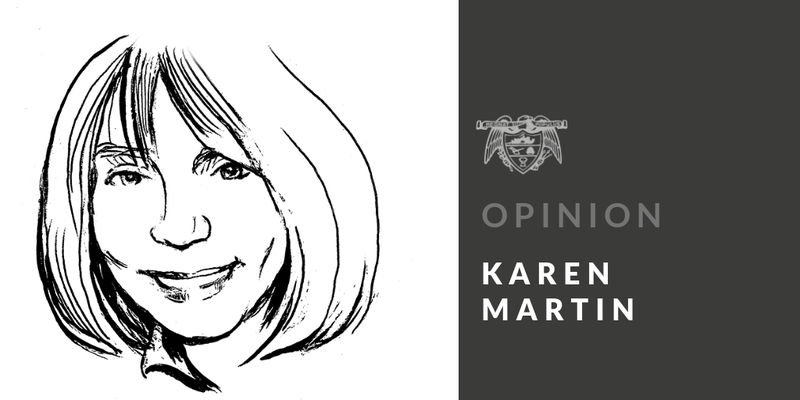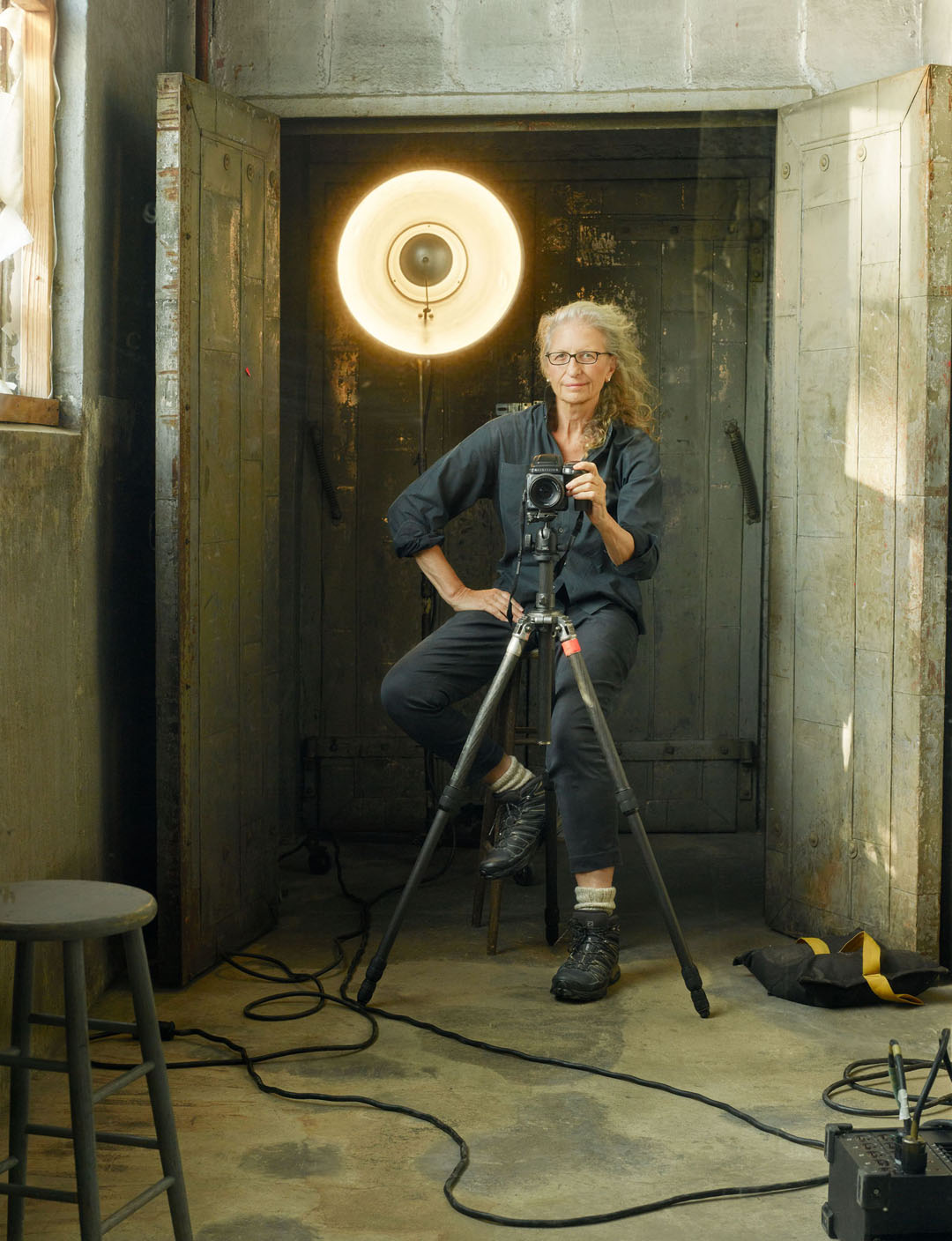In 1989, I attended a press screening of James Cameron's "The Abyss," a science-fiction thriller in which a civilian diving team searches for a lost nuclear submarine, and (spoiler alert?) encounters a hostile alien aquatic species.
Nominated for three Academy Awards in 1990, it won one for best effects (well before Artificial Intelligence was around to create props and backgrounds out of thin air). One reviewer on Rotten Tomatoes recently wrote that, even 30 years later, "James Cameron's 'The Abyss' remains the most intense movie I have ever seen."
I recall being completely swept away by "The Abyss." The day after the screening, I wrote a gushing, passionate 1,100-word review of the film, praising cast members Ed Harris, Mary Elizabeth Mastrantonio and Michael Biehn, and especially writer/director Cameron.
I turned the review in on Wednesday. By the time the review showed up in print on Friday, I'd lost a lot of my enthusiasm for "The Abyss." Just a few days after seeing the film, it barely registered in my brain.
What happened? I guess that, in retrospect, the logic of the story didn't hold up. It was one of those movies that didn't benefit from deeper consideration. I found I couldn't really describe what had happened, and without a clear narrative, my initial impressions faded away. I could remember being impressed. I couldn't remember why.
A similar experience occurred after viewing a recent press preview of "Annie Leibovitz at Work" at Crystal Bridges Museum of American Art in Bentonville. It is a celebration of the gorgeous and renowned. It's possible to get swept away by the sudden close-up confrontation of so many images of people and places that affect our perception of social, political, and cultural events in this country and beyond since the famous photographer started snapping pix in 1970.
After the initial flood of impressions, the intensity gradually dissipates, like a vivid dream that evaporates as we awake--within minutes, what seemed compelling and profound becomes elusive and ultimately vanishes.
A similar phenomenon occurred with many of Leibovitz's photographs here. Initially, the thrill of recognizing numerous iconic figures--celebrities, performers, scientists, and politicians who have shaped the past half-century--engages and thrills. From Tina Turner to Richard Nixon, Martina Navratilova to LeBron James, and many more, the excitement, while not entirely extinguished, can't maintain its grip.
Still, a few images hang on. At the forefront of this select list is a black-and-white portrait captured in 1988, featuring photographer, painter, and filmmaker William Wegman in an awkward embrace with his contented Weimaraner Fay Ray. Fay Ray was Wegman's second Weimaraner, following the original muse, Man Ray, whom Wegman began photographing in playful poses back in the 1970s.
I loved those Wegman photos, and was delighted to see this portrait on the wall at Crystal Bridges. I've got a couple of books of Wegman's photos of his Weimaraners in anthropomorphic poses that continue to amuse, charm, and revive me. When I got back from Bentonville I spent a considerable amount of time nostalgically revisiting those publications.
Other Leibovitz photos resonated because I have a connection--a parasocial history--with some of their subjects. I suspect this is why most of us respond favorably to her photos; it's like we recognize old friends in there. And since every photograph is an arrested moment, we necessarily see them for the way they were.
And about the way we were.
Most personally affecting among the images at Crystal Bridges was Leibovitz's portrait of ballet superstar Mikhail Barishnikov, who I met at a reception at the Old State House Museum hosted by then Gov. Bill Clinton and Hillary Clinton in July 1983 following Barishnikov's appearance at Robinson Center with Ballet Arkansas. It was near the end of his dancing career as he was leading a summer tour with the American Ballet Theatre.
I'm not easily impressed by celebrity, but this went down in my biographical repertoire as A Big Deal.
Having attended about a zillion movie junkets and film festivals in New York, Los Angeles, Dallas, Toronto, San Diego, and Palm Springs from the 1990s to the mid-2000s, Leibovitz' photos of movie stars and directors I'd interviewed at them brought back plenty of recollections.
I'll shamelessly name-drop here: Tom Cruise, Owen Wilson, Nicole Kidman, Sophia Coppola, Wes Anderson, Meryl Streep, Johnny Depp, Ben Affleck, Demi Moore (everybody who was sentient in 1991 will recall Leibovitz's iconic image of her, artfully posed and pregnant with daughter Scout, on the cover of "Vanity Fair") and many more.
As each actor approached the round-table group of journalists assembled, I often casually stood up, ostensibly to stretch, while checking out to see if the actors were as tall as their bios claimed. They usually weren't.
Photos of musicians I'd been lucky enough to interview over the years--among them Rosanne Cash, Lucinda Williams, and Patti Smith, are also mixed in seemingly randomly with astronauts, authors, artists, revolutionaries, and many others whose faces are as clearly recognized as their names.
There aren't any images of Jethro Tull in the Leibovitz exhibition, but maybe there should be, as one of the British band's best-known songs sums up my response to the show: Living in the Past.
Karen Martin is senior editor of Perspective.
kmartin@adgnewsroom.com

